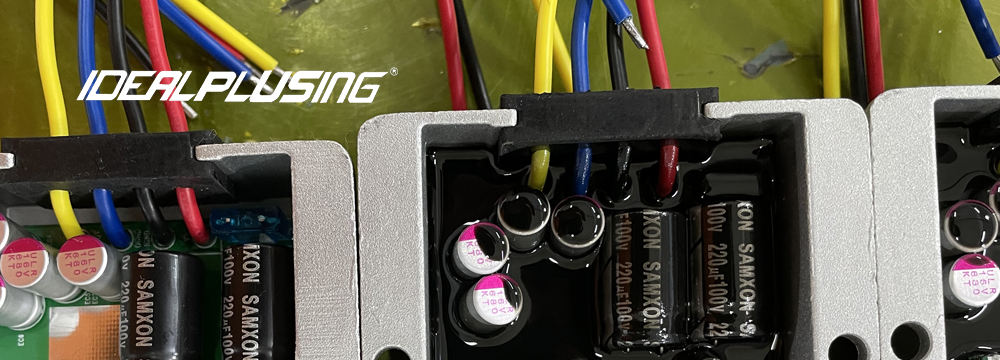A typical application of isolated DC-DC is the powered "PD" part of "PoE".

When PoE power is supplied by PSE (power supply) to multiple powered parties. If other PoE devices are strictly protected by isolated power supplies, and there is a non-isolated power supply in the entire network, then all energy discharge paths will surge to this non-isolated power supply.
When multiple powered devices (PDs) are connected to the same power supply equipment (PSE), if one of the devices uses a non-isolated power supply and the other devices are isolated designs, then the electrical interference and surge energy in the entire system may flow to the non-isolated device.
In this case, the non-isolated design will become a weak link in the circuit, just like an unguarded door in front of the door, which is easy to become a discharge path for interference, noise, and even fault current.
This may not only damage the non-isolated PD, but also cause the stability of the entire network to decrease, bringing safety hazards.
Therefore, although the non-isolated design may have certain advantages in cost and design complexity, in actual applications, especially in scenarios such as PoE involving multiple devices and multiple power supplies, the isolated design can better ensure the reliability and safety of the system.
There are several important reasons to use an isolated DC-DC converter (DCDC) in power supply design, depending on the application requirements.
Here are some of the main reasons:
Safety and isolation
In some applications, such as medical devices or industrial control systems, electrical isolation is required to prevent the high voltage side from affecting the low voltage side, thereby ensuring the safety of the user. An isolated DC to DC converter can provide electrical isolation between the input and output to prevent fault current from being directly conducted to the downstream circuit.
Prevent interference
An isolated DC to DC converter can help reduce electromagnetic interference (EMI), especially when there is significant noise or interference between the input and output. By isolating the input and output, noise can be prevented from passing from one circuit to another, maintaining signal integrity.
Ground potential difference
In a system, there may be a ground potential difference between different circuits. Using an isolated DC to DC converter can allow each circuit to operate independently without sharing a common ground, thereby eliminating the problem of ground loops.
System separation
In a complex power system, it may be necessary to separate different parts of the power system, such as analog circuits and digital circuits. This can reduce mutual interference and ensure the reliability of different circuit parts.
Enhanced system reliability
By using isolated DC-DC converters, the propagation range of faults can be limited when a system fault occurs. For example, if a short circuit or other electrical fault occurs in one circuit, an isolated DC to DC converter can prevent the fault current from affecting other parts of the circuit.
Voltage conversion
In some cases, conversion between different voltage levels is required, and electrical isolation is required between these voltage sources. Isolated DC to DC converters can effectively achieve this while ensuring electrical isolation between different circuits.
These reasons make isolated DC to DC converters essential in many applications, especially in scenarios where safety, reliability, and interference immunity are critical.







